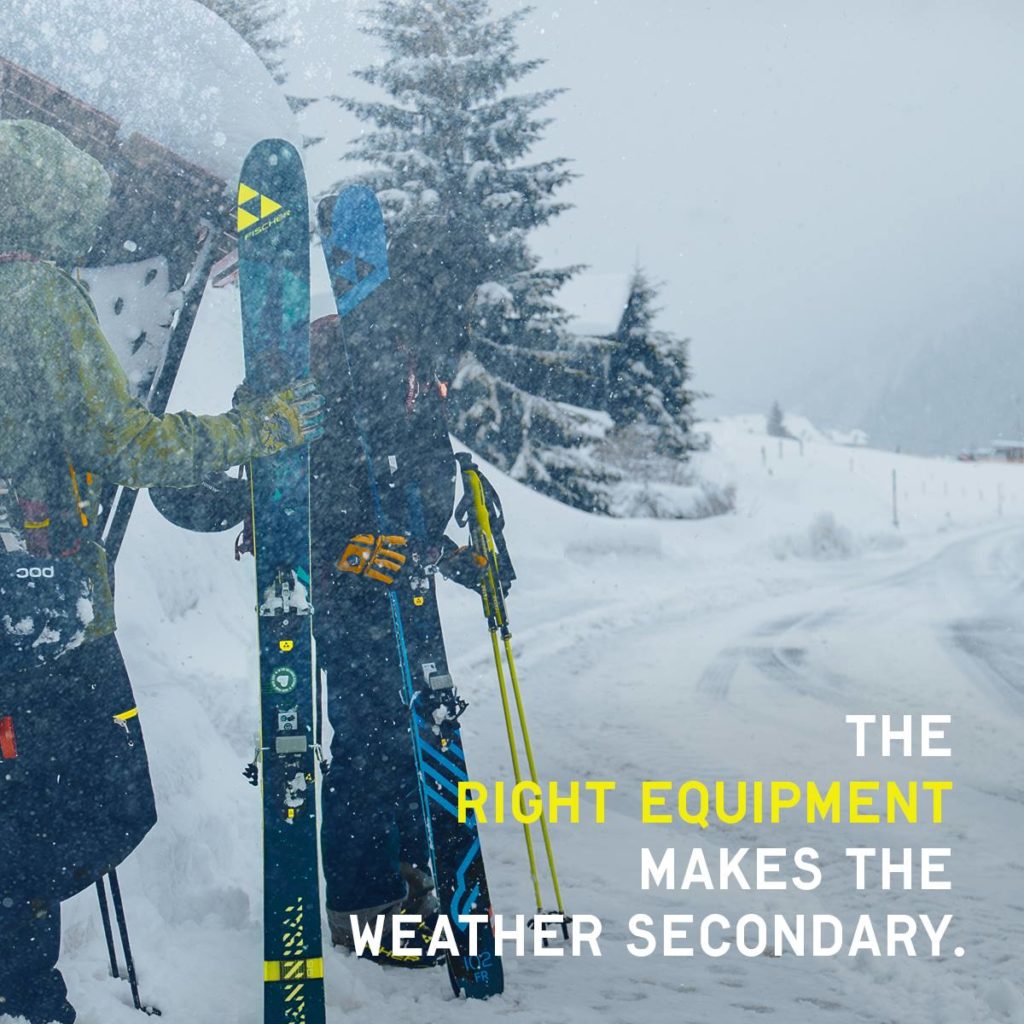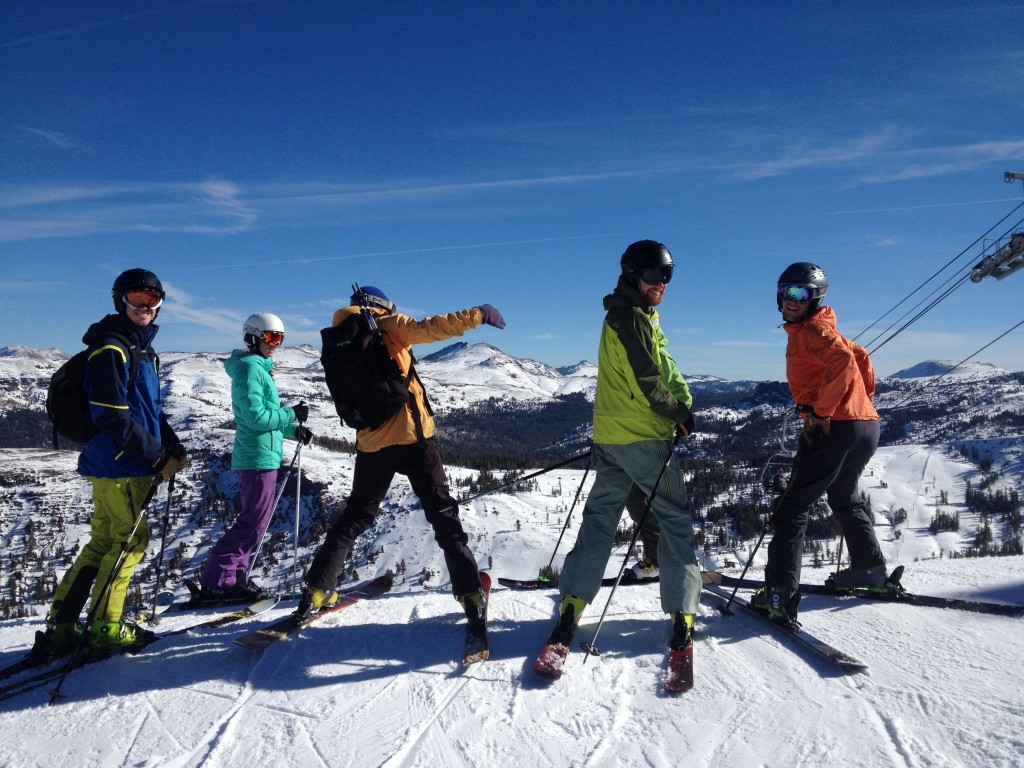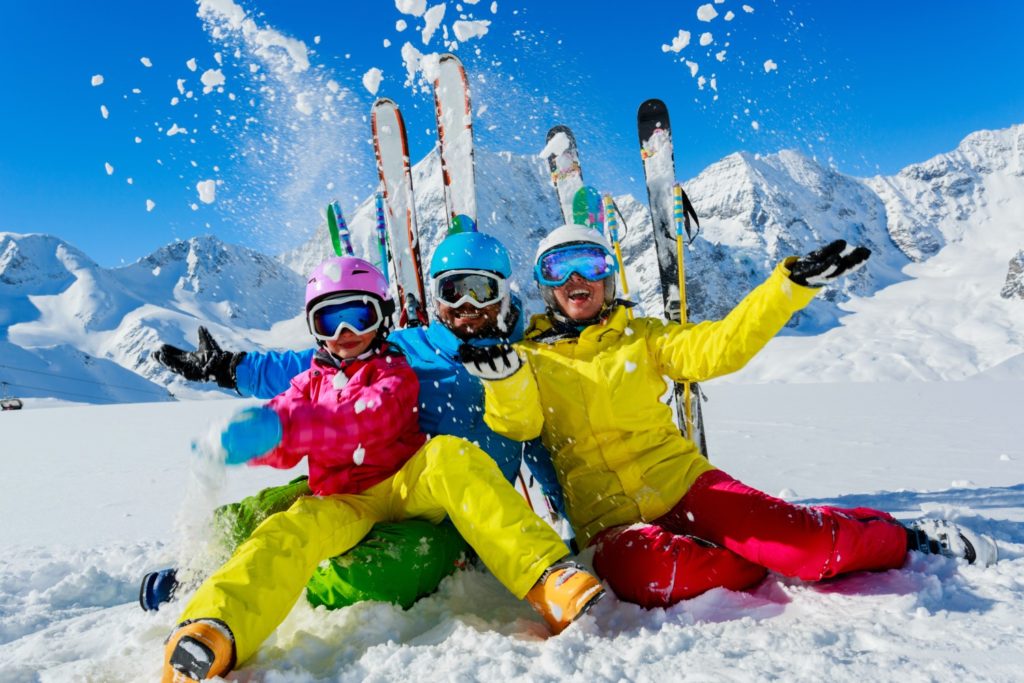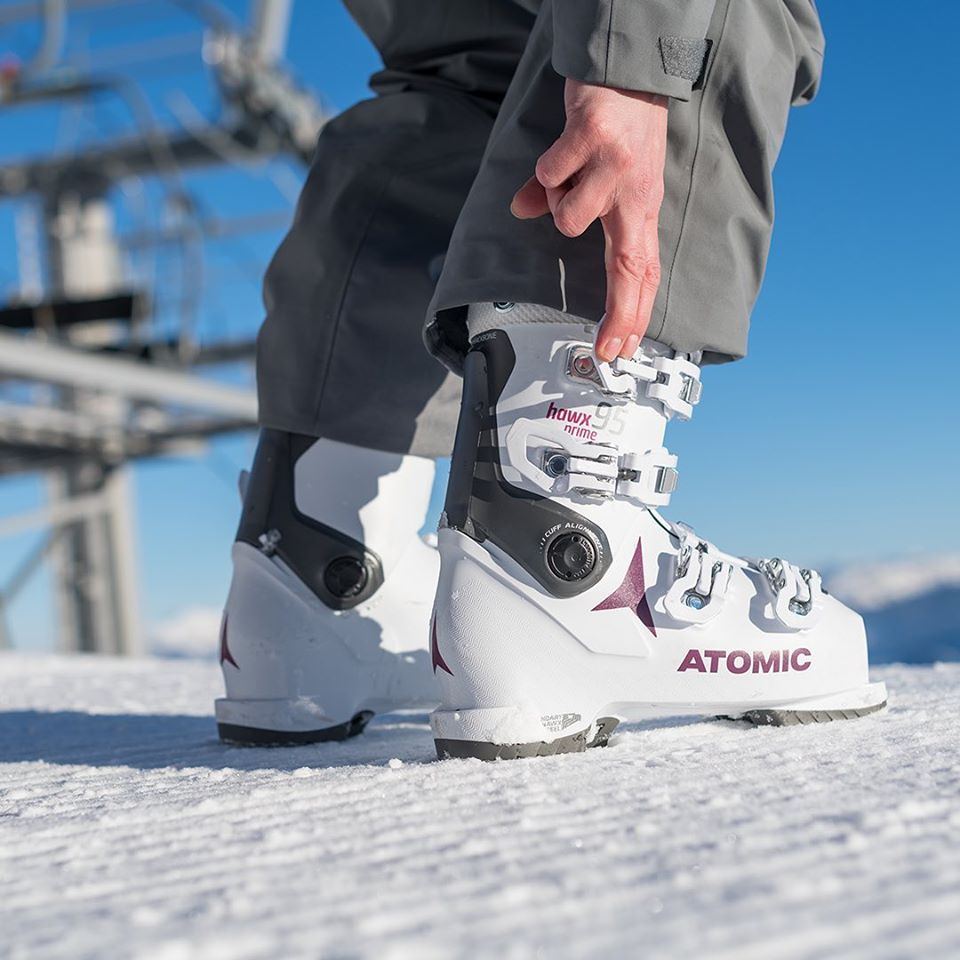How to Buy Skis

Whether you’re a beginner or expert level skier, skis.com will have some great options for you. At Goskand Ski Shop, we can provide you with the education and guidance necessary in order to find the perfect ski or two to best fit your skill level and style. By utilizing our Ski Wizard, filters, reviews and refinements, you’ll be able to narrow down your options to find the best skis for you.

When you select a ski that is the closest to your skill level you will drastically improve your control and stability on the mountain. The skill level directly corresponds to the flex, waist width and type of terrain that you will be skiing.
A softer flexing ski is easier to learn on and more forgiving to technical errors that those beginner or not-as-proficient skiers will make. Advanced or expert skiers should have a stiffer or stronger ski due to the fact that they are putting more pressure or force on their gear by going bigger, faster or stronger. There are of course, a few exceptions to this rule as to the fact that true powder skis are not too stiff (most are medium flex) because skiing on too stiff of a powder ski will tend to torpedo down rather than plane up to the top of the fresh snow. Another exception to moving up or down a skill level would be based on your weight.
Gender

Men’s skis are designed for men of all abilities, shapes, sizes and any type of terrain out there. Men’s skis can be designated as unisex skis however women should be skiing on women’s skis.
Women’s skis are made just for the ladies. Even the most aggressive women skiers should be on women’s skis. They cater to the anatomical shape, weight, and stance that women have.
Kids skis are designed to be soft and forgiving to help the young ones grow, improve and love the sport. Most kid’s system skis are perfect for all levels of junior skiers with the exception of the most daring and most aggressive junior rippers who typically ski on wider or freestyle-oriented skis. Kids system skis never need to be re-drilled, only re-adjusted by a certified technician when boots get changed for growing feet. There is no difference in the construction between boys and girls skis.
Skill Level

Beginner skiers are first timers or someone very new to the sport that is still learning basic control.
An Intermediate skier is someone that has control over their skis, still skis cautious on more challenging terrain and is comfortable at moderate speeds. Athletic or heavier beginners will benefit from skis designed for intermediate skiers.
Advanced Intermediates are more experienced skiers that have good basic technique, will start to explore off trail skiing, make more aggressive carves on groomers and are comfortable skiing at moderate speeds on advanced trails in optimal snow conditions.
Advanced skiers are capable of maintaining solid technique on advanced terrain in most snow conditions and ski in control at higher speeds. However, they may not always ski aggressively.
Expert skiers are capable of skiing safely and in control at high speeds on any terrain regardless of snow conditions. They ski with strong technique, aggressively attacking the mountain.
The Flex in Ski Boots – What Is It?

They may not be very comfortable and walking in them usually doesn’t look very elegant, but they are a very important part of the ski equipment: ski boots. The right ski boot fits on the foot like a second skin so that the skier has the necessary grip to control his skis.
But there are several aspects to consider when looking for the right ski boot. These include not only the boot size but also the flex. We will explain what this value means and which flex fits your needs.
The perfect hold in the ski boot

Ski boots must provide the perfect hold , because the boots transfer the force from the legs to the skis. Therefore, an important characteristic of the ski boot is its flex. This is the hardness of the boot, i.e. the stiffness of the bootleg to the front.
The higher this value, the stiffer the bootleg of the ski boot. For adults, the flex is usually between 60 and 120. For children’s ski boots, the flex values are lower. The flex of the ski boot is indicated on the boot.
The more sporty the driving style, the higher the flex

Which ski boot flex is the right one depends on both skiing ability and body type. Basically the following applies The more sporty the skiing style, the higher the flex. Whoever is skiing racing skis and is traveling at high speed needs maximum control over his skis. A stiff boot is required for this.
Beginners and skiers with a comfortable skiing style, on the other hand, feel more comfortable in softer ski boots. The more flexible models offer more comfort on the feet and are more forgiving of small skiing mistakes than their harder colleagues.
Differences between men and women

But it is not only in terms of driving style that the flex differs but also in terms of gender. Women tend to ride with a slightly lower flex. As the calf muscles of women usually start lower than those of men, the shaft of ski boots is, therefore, lower and widened upwards. In addition, women’s shoes are made for narrower feet. Besides the difference between women and men, the general physique also plays a role. More strongly built skiers should choose a higher flex, i.e. a stiffer boot.
Table with all Flex values
| Flex Men | Fex Ladies | |
|---|---|---|
| Beginner | 60 – 80 | 60 – 70 |
| Medium level | 90 – 100 | 70 – 80 |
| Advanced | 100 – 120 | 90 – 100 |
| Professionals | 130 – 150 | 120 – 150 |
These values, however, are not set in stone, but serve only as a guideline!
There is in fact no set standard for Flex values. Ski boots from different brands and manufacturers can therefore have different stiffness even though they have the same flex. That is why it is important to try on the ski boots.
